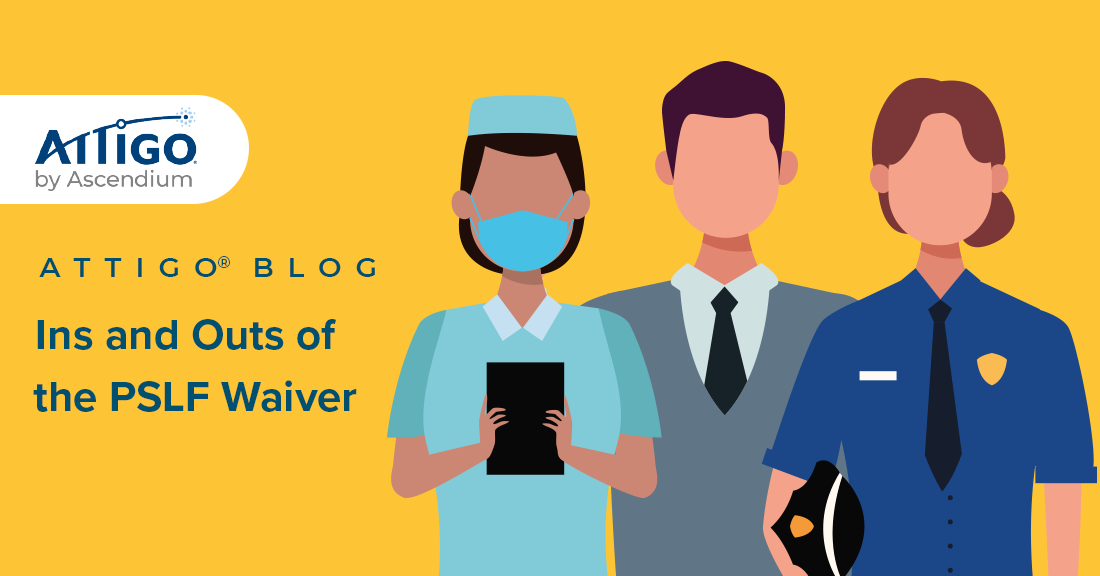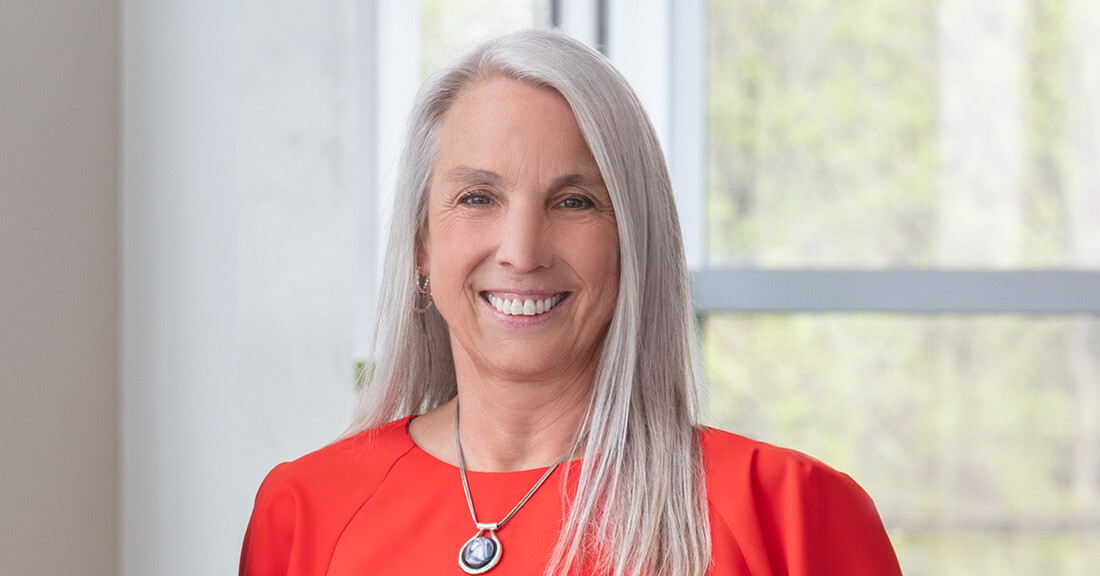Ins and Outs of the PSLF Waiver

The Public Service Loan Forgiveness (PSLF) program was created to support people serving their communities through a career in a U.S. federal, state, local or tribal government or nonprofit organization. If you work for an eligible employer within these areas, then your student loans may qualify for forgiveness. With the U.S. Department of Education (ED) recently waiving existing program rules, now’s the time to take advantage of PSLF. Are you doing everything you can to help yourself, your colleagues or community learn about PSLF and the incredible opportunity that the short-term waiver provides?
Addressing the nuances
Let’s face it — the PSLF program is confusing, and the waiver is too. There are so many nuances and caveats that eligible borrowers may feel overwhelmed and not understand if they qualify. For the program basics and some helpful information, check out ED Takes Action to Improve PSLF. However, the basics are just the start to understanding the PSLF waiver. Let’s address a handful of concerns and questions borrowers may have to eliminate some confusion and provide a trusted path forward.
Which nonprofit employers are PSLF-eligible?
Eligible nonprofit organizations include an organization that is:- Tax-exempt under section 501(c)(3) of the Internal Revenue Code.
- Not tax-exempt under section 501(c)(3) but provides a qualifying public service including:
-
- Emergency management
- Military service: on behalf of the U.S. armed forces or National Guard
- Public safety
- Law enforcement: crime prevention, control or reduction of crime, or the enforcement of criminal law
- Public interest law: legal services provided by an organization that is funded in whole or in part by a U.S. federal, state, local, or tribal government
- Early childhood education: includes licensed or regulated childcare, Head Start, and state-funded prekindergarten
- Public service for individuals with disabilities and the elderly
- Public health: includes nurses, nurse practitioners, nurses in a clinical setting, and other full-time professionals engaged in health care practitioner occupations, health support occupations and certain community and social service occupations
- Public education, public library services, school library services and other school-based services
-
Which types of loans are eligible?
Subsidized and unsubsidized Direct loans made to undergraduate and graduate students, and Direct graduate PLUS loans are eligible. Also, as long as you consolidate your loans into the Federal Direct loan program before Oct. 31, 2022, you can get credit for payments made toward the following loans.
- Federal Family Education Loan (FFEL) program loans, including subsidized and unsubsidized loans, made to undergraduate and graduate students.
- Federal Perkins loans.
- FFEL graduate PLUS loans made to students.
What if my public service work is non-consecutive?
That’s fine! No matter the gaps in service, any payments made while employed at an eligible organization counts toward PSLF.
How do I make sure that my FFEL loans qualify for forgiveness?
- Go to FSA's PSLF Help Tool to ensure your employment qualifies.
- If it does, consolidate your loans into a new federal Direct consolidation loan and be sure to request an income-driven repayment plan.
- After consolidation, fill out and submit the PSLF Form (a.k.a., application) no later than Oct. 31, 2022!
PSLF requires 120 qualifying payments to be made to qualify for eligibility. The limited waiver gives retroactive credit for previously made payments toward your FFEL loans.
Do parent PLUS loans qualify?
Parent PLUS loans taken out to help a student fund their education can qualify if they meet specific requirements. Before becoming eligible for forgiveness, borrowers must have made 120 qualifying payments, as well as consolidated all parent PLUS loans into a Federal Direct Consolidation loan. Any payments made prior to consolidation do not count toward PSLF. While a borrower is working toward meeting the qualifying payments, they can make payments using the Income-Contingent Repayment plan, which will help keep the monthly payments low and allow for maximum forgiveness.
If a borrower has both parent PLUS and student loans to consolidate, the new loan takes into account the most qualified number of payments made on the non-parent PLUS loan prior to consolidation.
What if I haven’t made 120 qualifying payments by Oct. 31, 2022?
You should still apply for the waiver. Even if you don’t reach 120 eligible payments by that date, as long as you fulfill the requirements of having Direct loans and submitting a PSLF form for all periods of qualifying employment, you'll receive credit for past payments that wouldn't normally be eligible payments.
What if I had a period of deferment or forbearance? What if I previously defaulted on my loans? Am I still eligible?
If the borrower is in any type of deferment, it does not count toward PSLF.* Periods of forbearance do not count toward PSLF, with the exception being the COVID-19 forbearance.* Only active time in a repayment status counts toward PSLF. Time in default does not count toward PSLF. However, all payments made up to the time of default may count.
*Federal Student Aid (FSA) is considering periods of deferment for active duty servicemembers and forbearance for servicemembers under the limited PSLF waiver.
What if I had federal loans, but I refinanced through a private lender?
If a borrower had federal loans and refinanced through a private lender, it is not eligible. This is true even if it was previously an eligible loan.
What if I have FFEL loans and have been making payments while working at an eligible employer for over 10 years?
Thanks to the waiver, that time spent in repayment status will count toward PSLF credit. As long as you were working full-time for an eligible employer, you submit the PSLF form and consolidate the FFEL loans into a Direct loan prior to Oct. 31, 2022, you can qualify for PSLF forgiveness.
Ready to help your workforce take advantage of this great opportunity, but need more information?
Leave us a comment or a question in the Comments section and we'll be happy to respond. Or you can:
- Learn more about our PSLF support here.
- Join an upcoming SmartSessions that focuses on PSLF.
- Check out FSA's information on the Limited PSLF Waiver.



